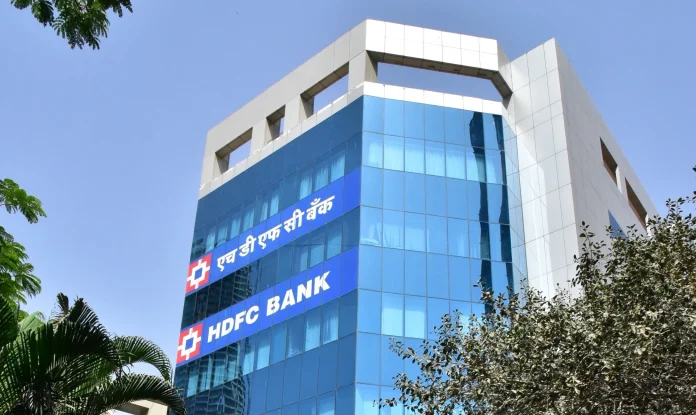Markets: On January 18, HDFC Bank‘s stock further declined by over 3%, influenced by a 9.1% drop in its US-listed shares to $55.5 the previous night, marking the most significant single-day decrease since March 2020. Over the past two days, the HDFC Bank ADR has experienced a staggering 15% plunge, while the domestic HDFC Bank stock has witnessed a decline of over 10%.
The preceding day, on January 17, HDFC Bank shares plummeted over 8% to close at Rs 1,536 following the disappointing October-December quarter (Q3FY24) results. This decline marked the largest single-day drop in over three years and also served as a major factor behind the Nifty 50 index’s downturn, given HDFC Bank‘s substantial weightage of over 14%.
The negative trend in HDFC Bank shares had a cascading effect on other banking stocks, especially private sector lenders, resulting in a 4% decline in the Bank Nifty index, the most significant single-day fall recorded since March 2022.
The challenges for India’s largest private lender intensified as it reported a significant miss in net interest margins (NIM) in Q3FY24 attributed to higher cost of funds. Additionally, elevated provisions and a decade-low earnings per share (EPS) growth in Q3 contributed to the overall decline in investor confidence.
Despite the management’s assurance that the Net Interest Margin (NIM) is expected to gradually improve over the next few quarters, brokerages remained skeptical about the pace of this recovery. Many analysts chose to lower their target price for the stock, yet maintained a positive outlook based on attractive valuations.
Ajit Kabi, a research analyst at LKP Securities, expressed concerns about the potential impact of lower liquidity coverage ratio (LCR), credit-to-deposit (CDR) constraints, and slower deposit growth on NIMs in the future. Despite these apprehensions, Kabi anticipates a recovery in the coming period and has assigned a 12-month price target of 1,700 for HDFC Bank.
In Q3FY24, the private sector lender reported a stagnant quarter-on-quarter Net Interest Margin (NIM) of 3.6 percent. Concurrently, provisions increased by 39 percent sequentially. Despite this, the bank experienced a 4 percent quarter-on-quarter growth in net interest income (NII), while net profit showed a moderate rise of 2.5 percent in the same period.

